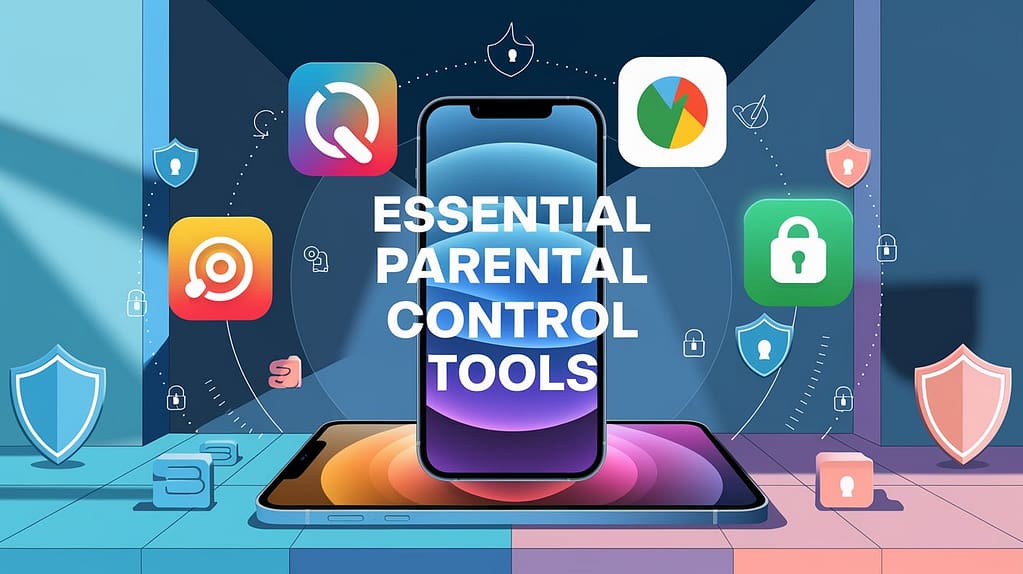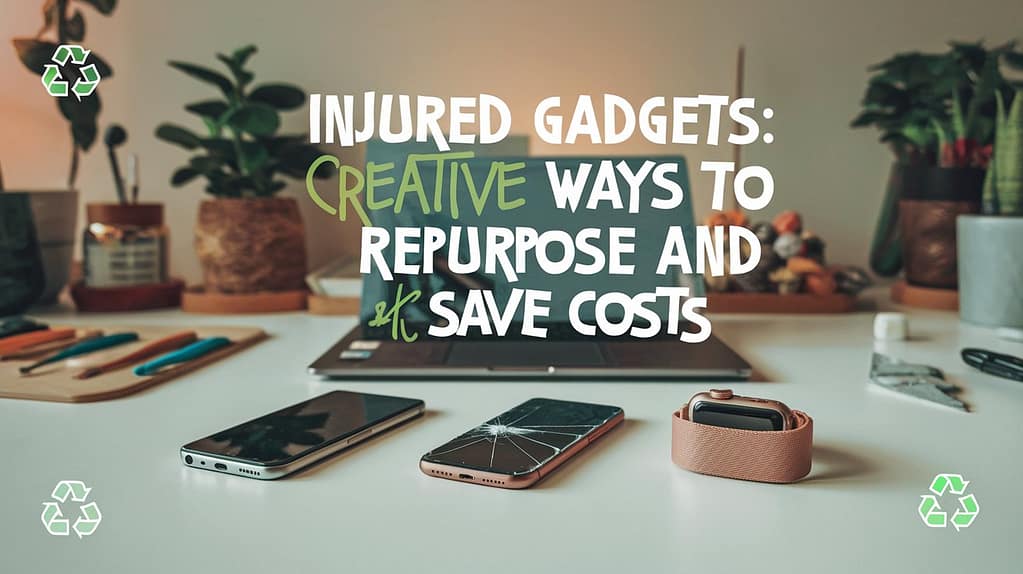
When everyday gadgets start malfunctioning, we often think they’re done for. But have you ever wondered if these injured gadgets can still play a vital role in your home? Reusing or repurposing slightly damaged items can save money, reduce waste, and spark creativity in unexpected ways. Let’s dive into this unique concept and explore how injured gadgets can become essential tools for your household.
Introduction
Ever heard of “Injured Gadgets”? These electronic devices have seen better days—cracked screens, faulty batteries, or minor damage that limits their usability but doesn’t render them completely useless. In today’s tech-driven world, many households have a stash of these “injured” devices lying around. But did you know these gadgets can still serve a purpose? From saving costs to promoting sustainability, repurposing injured gadgets can be a game-changer for your home. Let’s dive into this exciting world and explore how to make the most of these devices.
What Are Injured Gadgets?
“Injured gadgets” refer to devices that have suffered some form of physical or functional damage but are still operational to varying degrees. Think of a smartphone with a cracked screen, a laptop with a broken hinge, or a smartwatch with a few scratches. While they might not function as originally intended, they often retain enough capability to serve alternative purposes.
Common Causes of Gadget Injuries
- Accidental Drops: The most common culprit for cracks and dents.
- Water Damage: Reducing functionality but not always a total loss.
- Aging Hardware: Slower performance over time but still usable.
- Power Issues: Faulty batteries or charging problems.
Benefits of Using Injured Gadgets for Home Uses
Why should you bother with damaged devices when shiny new ones beckon? The reasons are compelling:
Cost Savings
Repairing or repurposing injured gadgets can save significant money compared to buying new devices. For instance, a cracked tablet screen may cost only a fraction of its price to fix.
Environmental Impact
By reusing or repairing injured gadgets, you’re keeping e-waste out of landfills. This small act can contribute to reducing environmental pollution.
Unique Functionality
Some injured gadgets can serve specialized purposes. For example, an old smartphone with a cracked screen can still function as a dedicated remote control or baby monitor.
Top 7 Injured Gadgets That Are Essential for Home Use
1. Smartphones with Cracked Screens
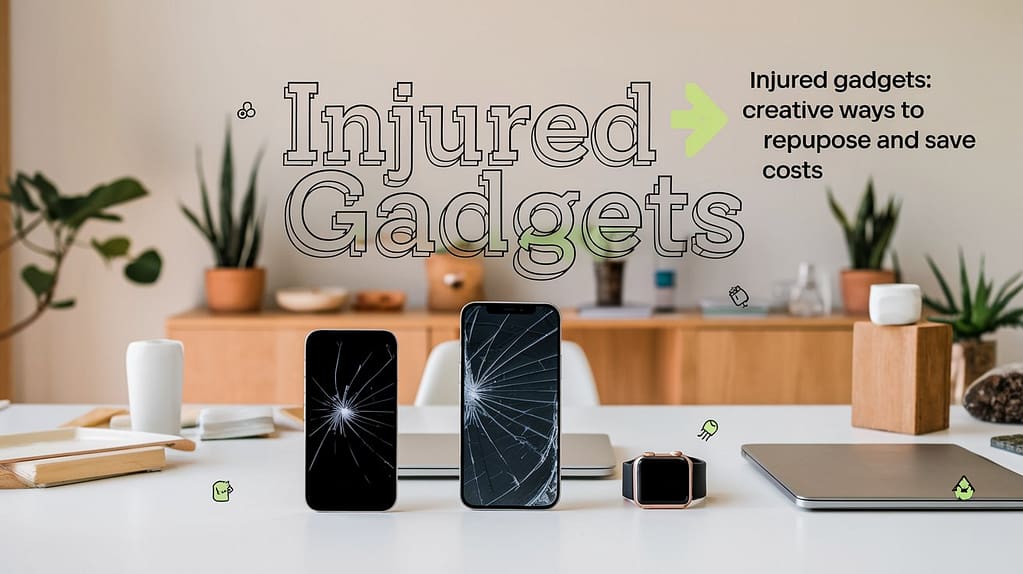
Cracked screens don’t mean the end for your smartphone. These devices can still:
- Serve as dedicated music players or streaming devices.
- Function as smart home controllers for devices like lights or thermostats.
- Act as webcams with the help of specific apps.
2. Broken Tablets or iPads
Damaged tablets are versatile and can still be useful:
- Use them as eBook readers or recipe guides in the kitchen.
- Turn them into digital photo frames with a slideshow app.
3. Faulty Laptops
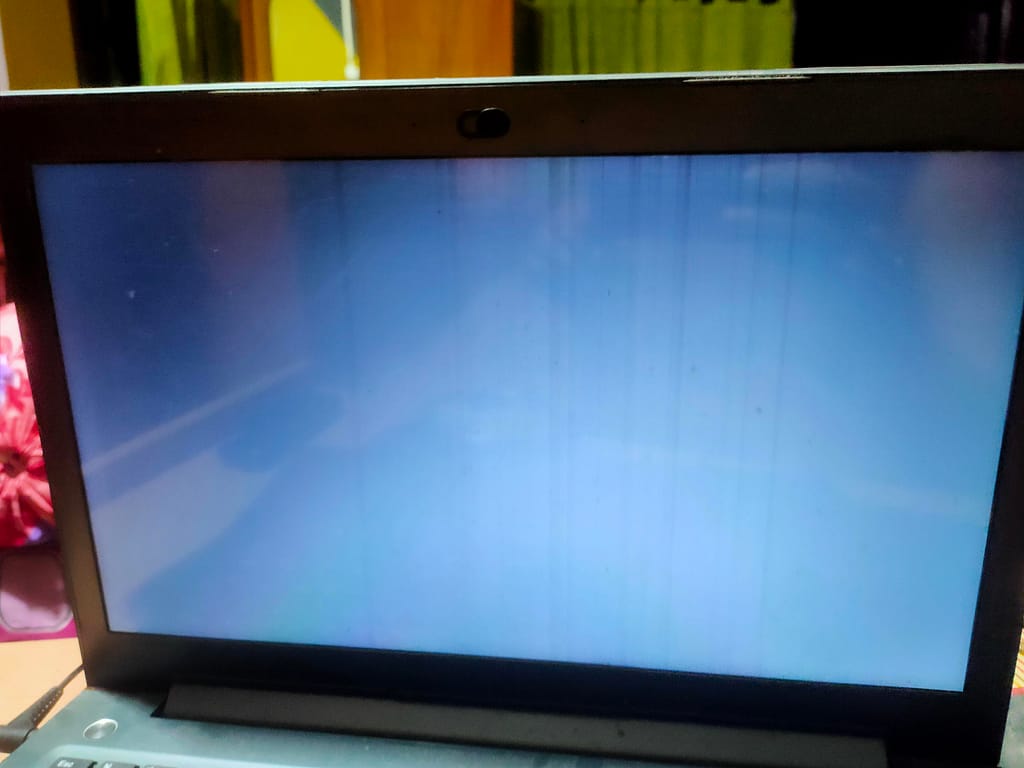
Even laptops with damaged screens or slow performance have potential:
- Connect them to an external monitor for desktop-like functionality.
- Use them as dedicated media servers to store and stream your favorite content.
4. Damaged Headphones
Broken headphones don’t have to be discarded:
- Use them as DIY speakers.
- Salvage parts to repair other headphones or create unique sound projects.
5. Scratched Smartwatches
A scratched smartwatch may not look great, but:
- It can still track your fitness or notify you of calls and messages.
- You can replace the damaged screen if it’s a minor issue.
6. Faulty Kitchen Appliances
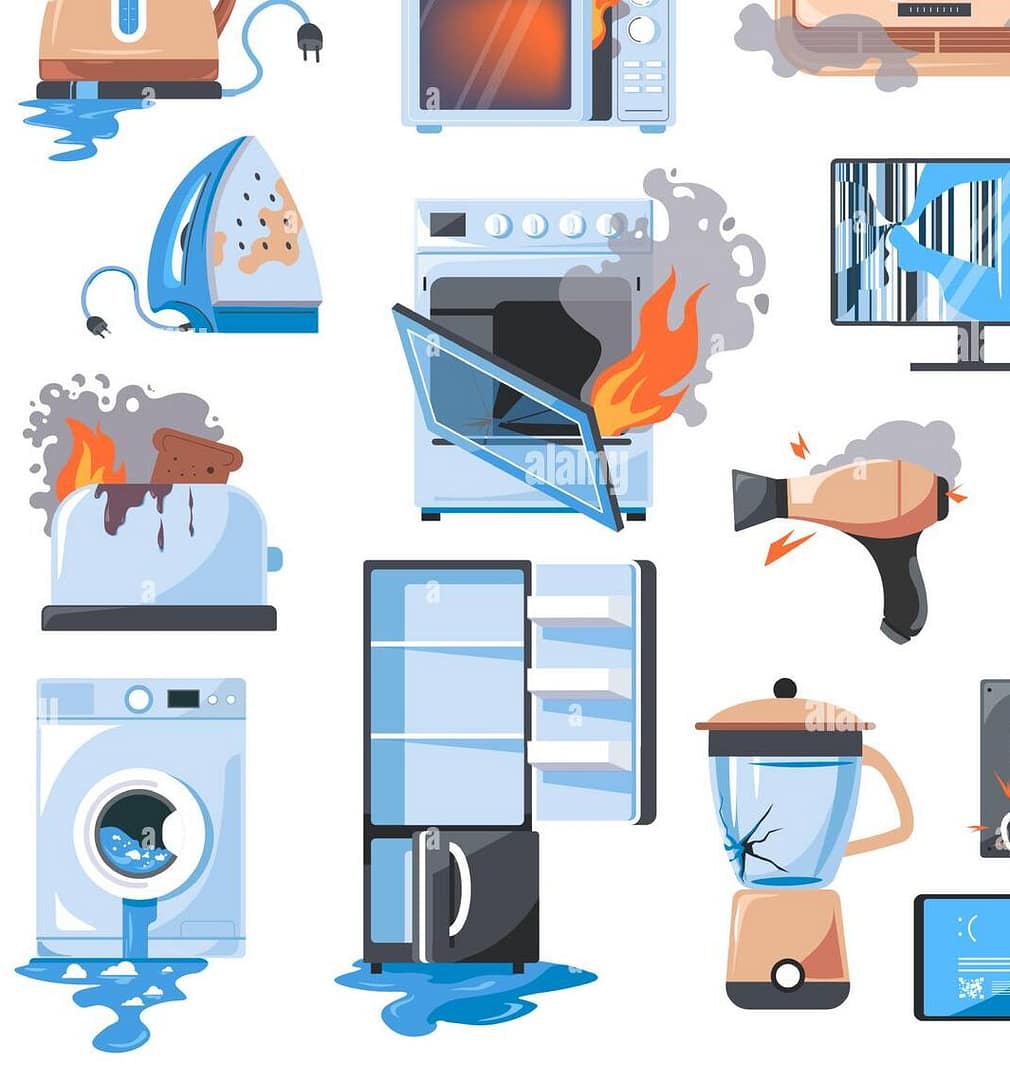
Blenders, toasters, and coffee makers with slight faults can be repaired or repurposed:
- Salvage parts like motors or heating elements for other DIY projects.
- Use faulty devices creatively, such as using a blender jar for storage.
7. Defective Home Speakers
Speakers with sound issues can often be fixed with minimal effort:
- Repair torn cones or replace internal wiring.
- Use them as Bluetooth-only devices for small gatherings.
Tips for Safely Handling Injured Gadgets
- Avoid Overloading: Don’t push damaged devices beyond their limits.
- Use Protective Gear: Wear gloves when handling gadgets with sharp edges.
- Follow Disposal Guidelines: If a gadget is beyond repair, dispose of it responsibly.
How to Repair or Repurpose Injured Gadgets
You don’t need to be a tech guru to give your injured gadgets a second life. Here’s how:
Simple Repairs
- Use screen protectors to stabilize cracked screens temporarily.
- Replace worn-out batteries with DIY kits available online.
Creative Repurposing
- Turn old smartphones into security cameras using apps like Alfred Camera.
- Convert damaged laptops into dedicated gaming consoles.
Where to Find Affordable Injured Gadgets
Looking for more injured gadgets to repurpose? Check out:
- Second-Hand Stores: Great for discounted devices.
- Online Platforms: Websites like eBay or OLX often sell damaged gadgets.
- Local Repair Shops: They might sell refurbished gadgets at a bargain.
Conclusion
Injured gadgets are far from useless. With a little creativity and effort, they can become indispensable tools around your home. Not only do they save money, but they also promote sustainability, giving these devices a new lease on life. So, before you toss out that cracked tablet or faulty speaker, think about the endless possibilities!
FAQs
1. What are the risks of using injured gadgets?
Using damaged devices can pose safety risks like electrical shorts or sharp edges. Always assess the gadget’s condition and take necessary precautions.
2. How can I repair a cracked screen at home?
You can use DIY screen repair kits or apply a screen protector to prevent further damage until professional help is available.
3. Are injured gadgets covered under warranty?
Most warranties don’t cover physical damage, but some manufacturers offer extended plans for such scenarios.
4. What’s the best place to sell my injured gadgets?
Platforms like eBay, OLX, or dedicated recycling services are ideal for selling damaged electronics.
5. How do I know if a gadget is worth repairing or replacing?
Compare repair costs to the device’s market value. If repairs exceed 50% of its value, replacement might be more cost-effective.
